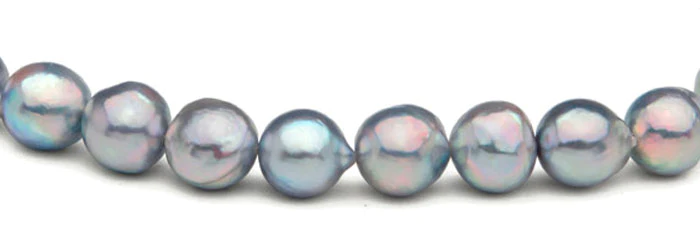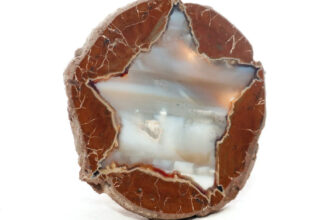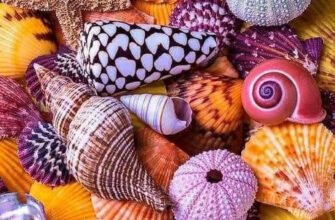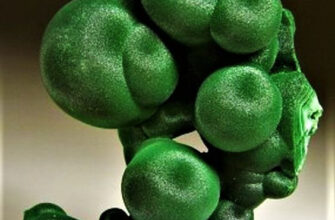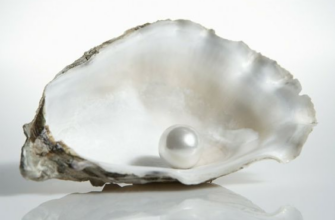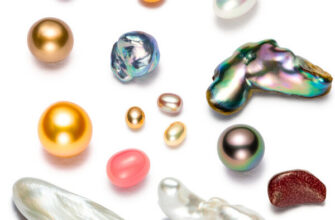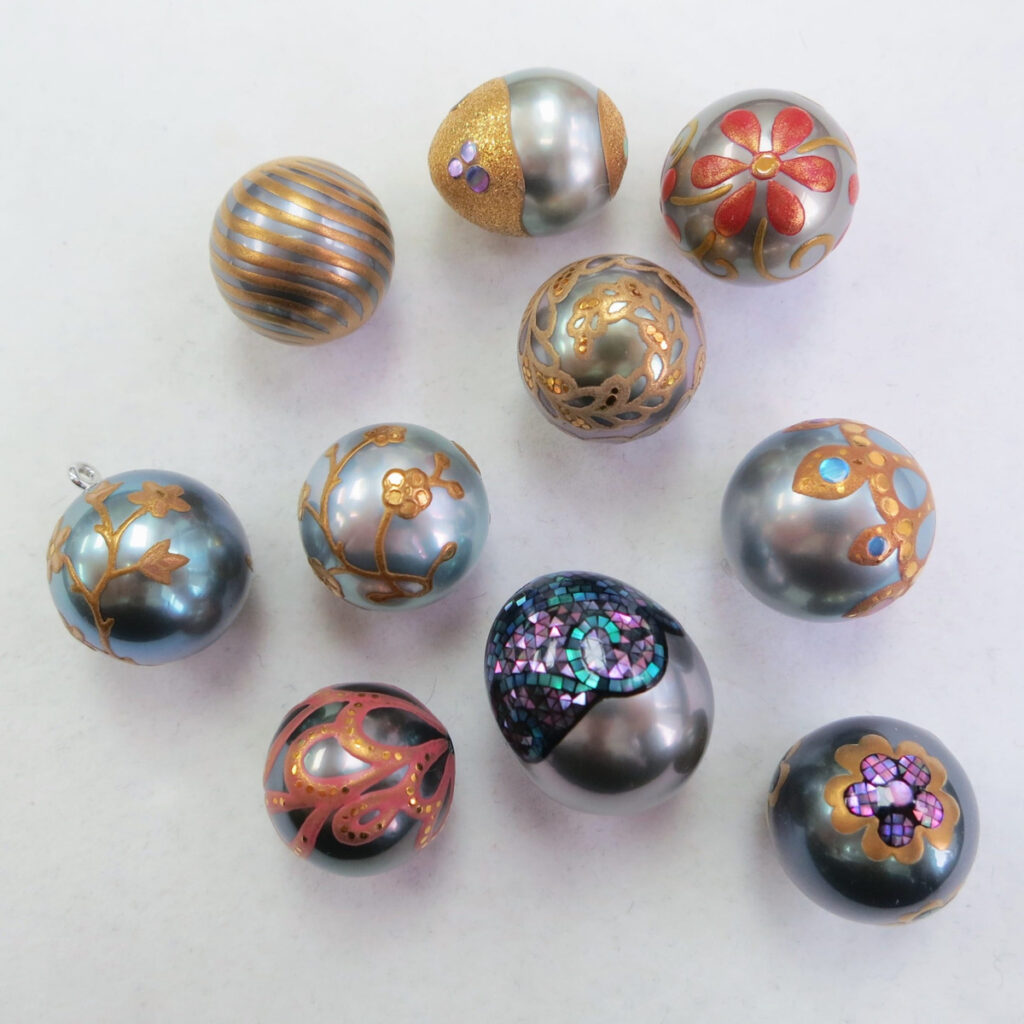Japanese Akoya cultured pearls have long won the hearts of women all over the world. And today I want to introduce you to the "ugly duckling" Akoya - a blue pearl that has been thrown away for many years, considering marriage!
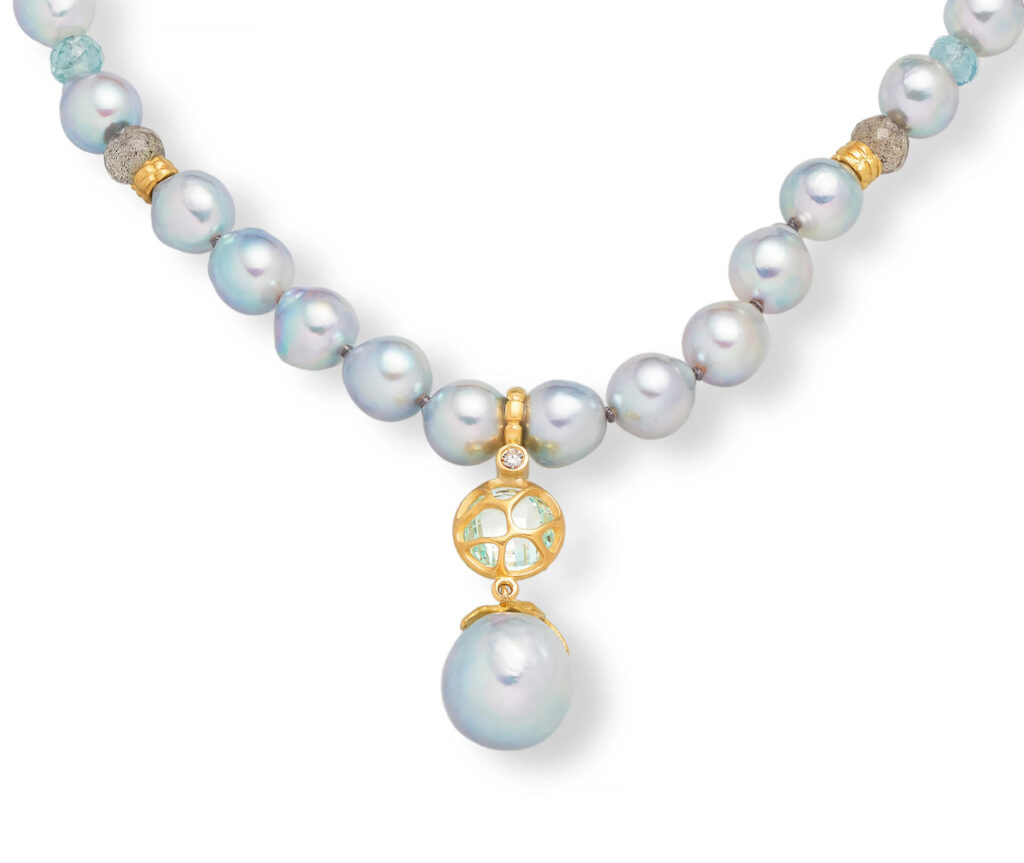
Akoya Blue Pearl is blue due to vaccine errors!
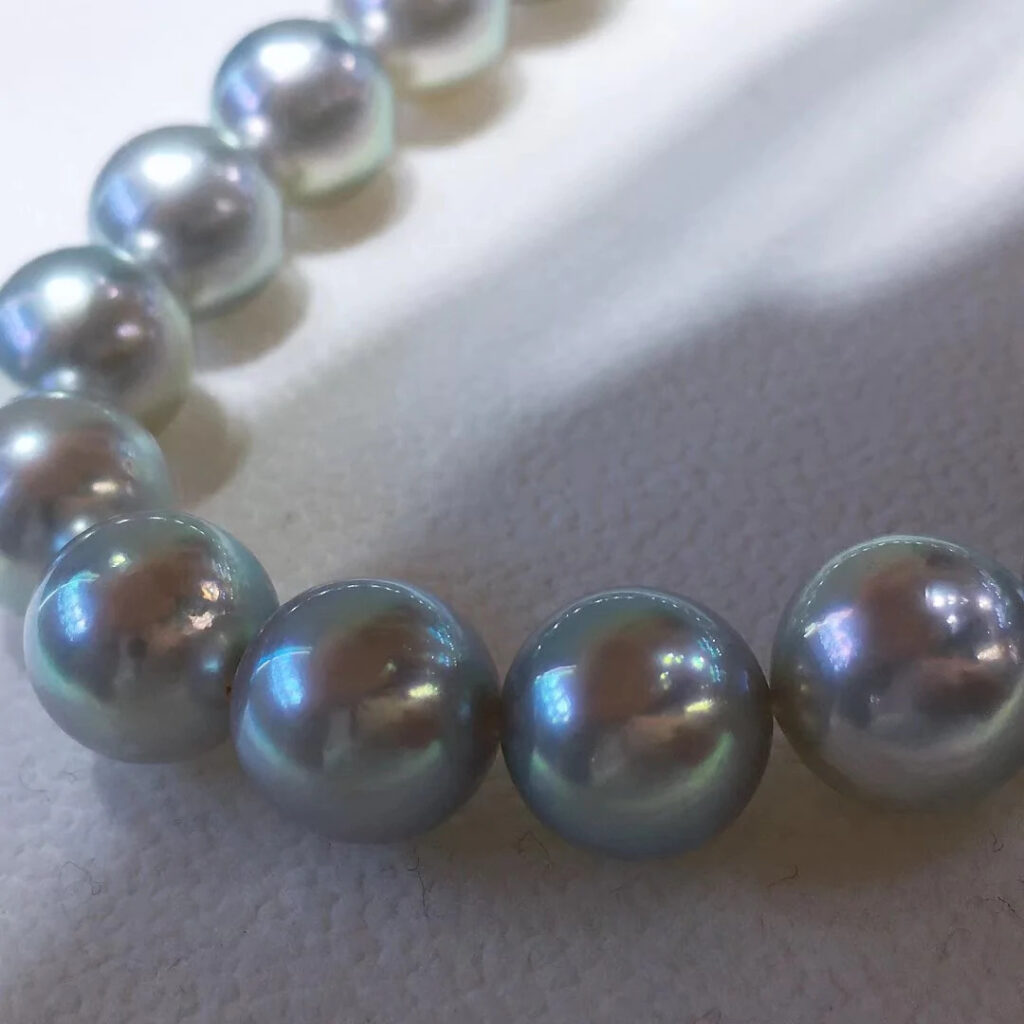
The process of nucleation is a delicate matter: the pearl oyster pinctada martensii is the smallest pearl oyster currently used for the production of Akoya pearls.

Inserting the ball core into an oyster involves delicately cutting open the oyster's gonad. Perfectly round nuclei are carefully placed inside the incision, and a tiny square piece of 1,0 mm donor gown is placed on top of the bead.
It is generally believed that the area of the tissue of the donor mantle affects the resulting coloration of the pearl.
When the graft does not properly insert the core, it can cause delays in the healing of the surgical incision site and uneven nacre flow around the core.
Organic matter appears blue through thousands of layers of translucent crystalline mother-of-pearl.
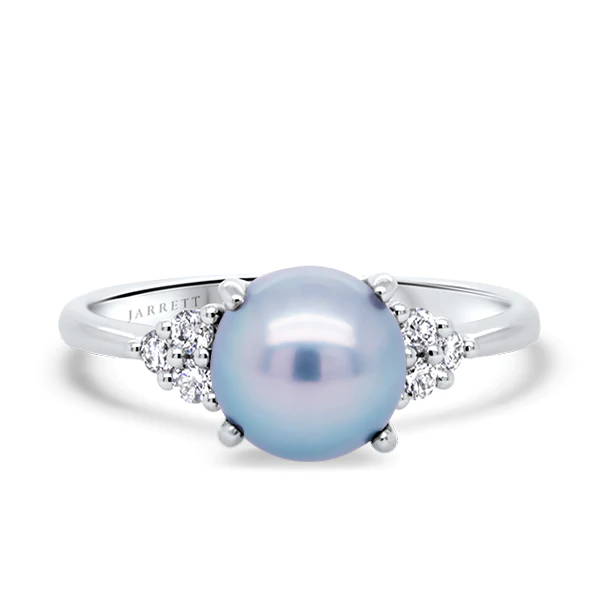
True-Blue Akoya pearls are still rare because farmers don't try to make them on purpose. The goal is always to get the fine white Akoya pearl.
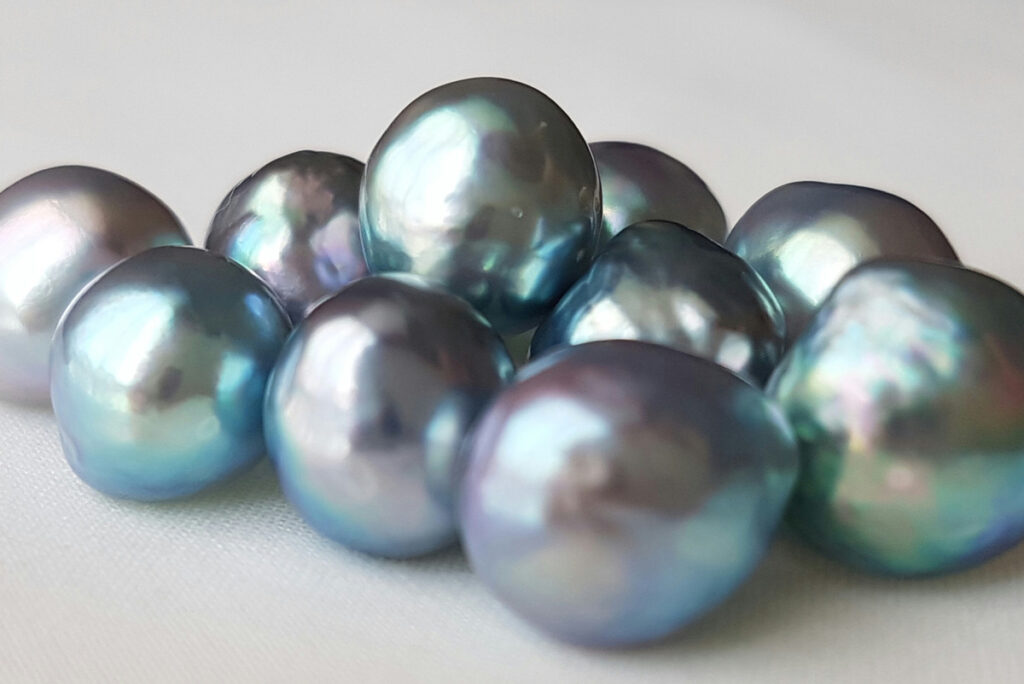
Thankfully, these colorful gems don't end up in the trash heap anymore! And they are beautiful in their imperfection. Is not it?
